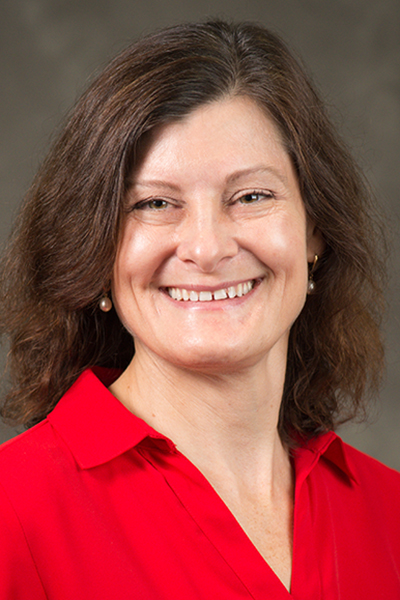
Not all osteoporosis patients are good candidates for a drug holiday. But for some patients, a holiday reduces the risk of rare side effects along with the burdens of paying for and taking osteoporosis medications.
Bisphosphonates are a class of osteoporosis medications that have a long half-life within bone. For these drugs, there is a sustained benefit even when discontinued. By contrast, the benefits of biologic osteoporosis medications are rapidly lost when stopped.
“In patients completing a course of biologic osteoporosis therapy, the concept of a drug holiday must be discouraged, as potentially all gains in bone density and strength could be quickly lost,” said Karen Hansen, MD, MS, one of the panelists discussing the pros and cons of temporarily discontinuing antiresportive drug therapy during Bone for the Holidays: Antiresportives, Atypical Fractures & Other Adverse Events.
This ACR Convergence 2020 session will take place from 11 a.m. – 12 p.m. EST Saturday, Nov. 7. This first airing will feature a live question-and-answer session, but registered attendees have on-demand access to watch a replay through Wednesday, March 11.
For patients being treated with denosumab, teriparatide, abaloparatide, and romosozumab, a drug holiday is not an option, according to Dr. Hansen, Professor of Medicine, University of Wisconsin.
“We know that the gains in bone density will be lost,” she said. “When we stop denosumab, not only are gains in bone density quickly lost, but even worse is that patients can have a rebound increase in bone breakdown and experience multiple painful compression fractures during that phase.”
Bisphosphonates, however, have a long half-life within bone, and patients on a therapy within this family of drugs are more likely to qualify for a medication holiday. Of course, the drug holiday should continue to involve monitoring.
In her practice, which includes the care of patients with osteoporosis, renal osteodystrophy, osteogenesis imperfect, and other metabolic bone diseases, before a patient takes an intentional break from a drug therapy, Dr. Hansen educates the patient on how and when they will together reassess that individual’s situation and why this evaluation is necessary.
“It’s truly a perfect example of that shared decision-making process, where the patient and the provider really put their heads together and reach consensus about what the best thing is to do,” she said.
She asks the following questions:
- Did the patient actually take their osteoporosis medication? If so, for how long?
- Has the patient had a fragility fracture of the spine or hip before or during osteoporosis therapy?
- Has the patient’s bone density dropped, stabilized or increased while on therapy?
- What is the patient’s current T-score? “If they are still have a very low T-score in the hip, it is a sign they’re still at high risk of breaking bones,” Dr. Hansen said.
- Is the patient taking prednisone or losing weight?
- How often does the patient fall?
The process continues with discussion on whether and when to stop taking a drug, when to measure bone density again, and how the patient will maintain good bone health while on hiatus from drug therapy.
“In other words, not drinking too much, not smoking, continuing on with adequate calcium and vitamin D supplements, continuing on with regular exercises that are good for bone health,” Dr. Hansen said.
Taking a vacation from medication is attractive from a patient perspective for many reasons, she said. Among them are a respite from a medication’s cost and side effects—or potential for side effects.
A few rare, but serious, side effects from osteoporosis drugs have made headlines in recent years. One is osteonecrosis of the jaw, a condition in which part of the jawbone decays, most often after a tooth is pulled. Another is a subtrochanteric fracture, or a spontaneous bone break in the middle of the thigh just below the femur.
“We’re much smarter at describing the risk of those side effects now than we were when these reports first came out, but still, the benefits of the holiday are that even though they’re rare, we are able to reduce those side effects by stopping the drug,” Dr. Hansen said.
Elizabeth Shane, MD, Professor of Medicine, Associate Dean for Student Research, College of Physicians & Surgeons in New York City and Attending Physician at Columbia University Medical Center, will present during the session, giving information on atypical femur fractures and other adverse effects of antiresorptive therapy.
